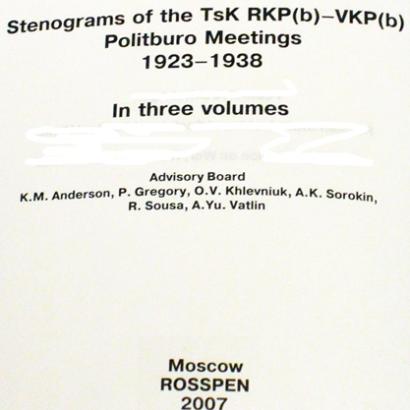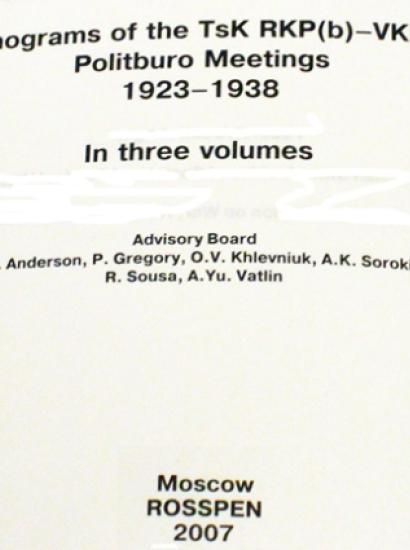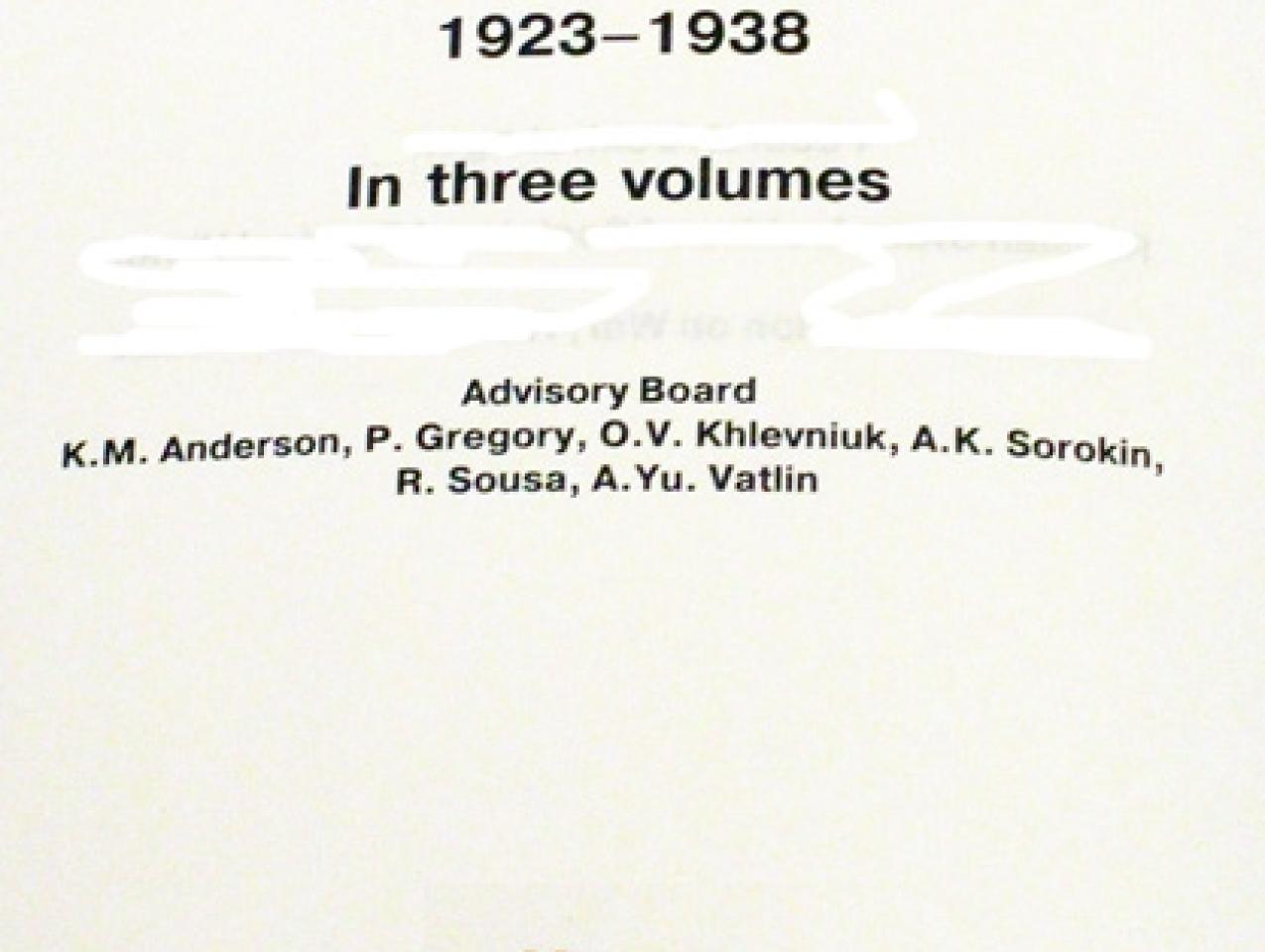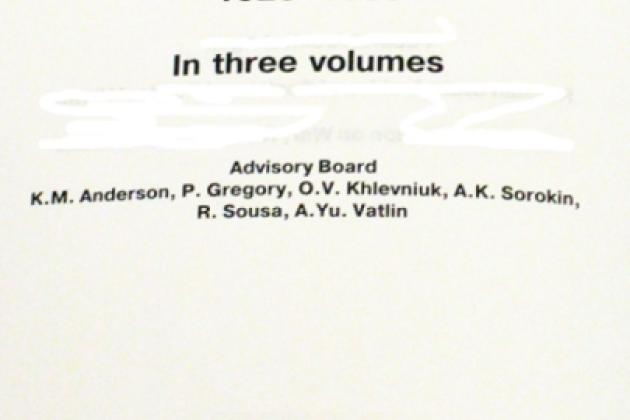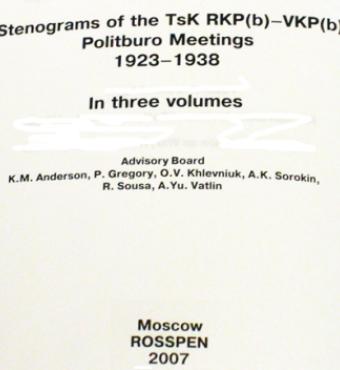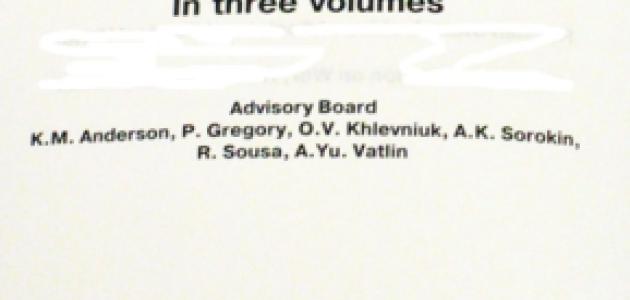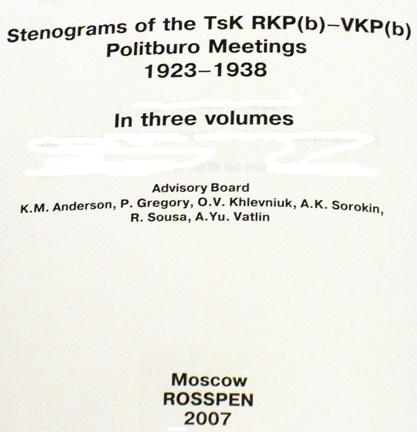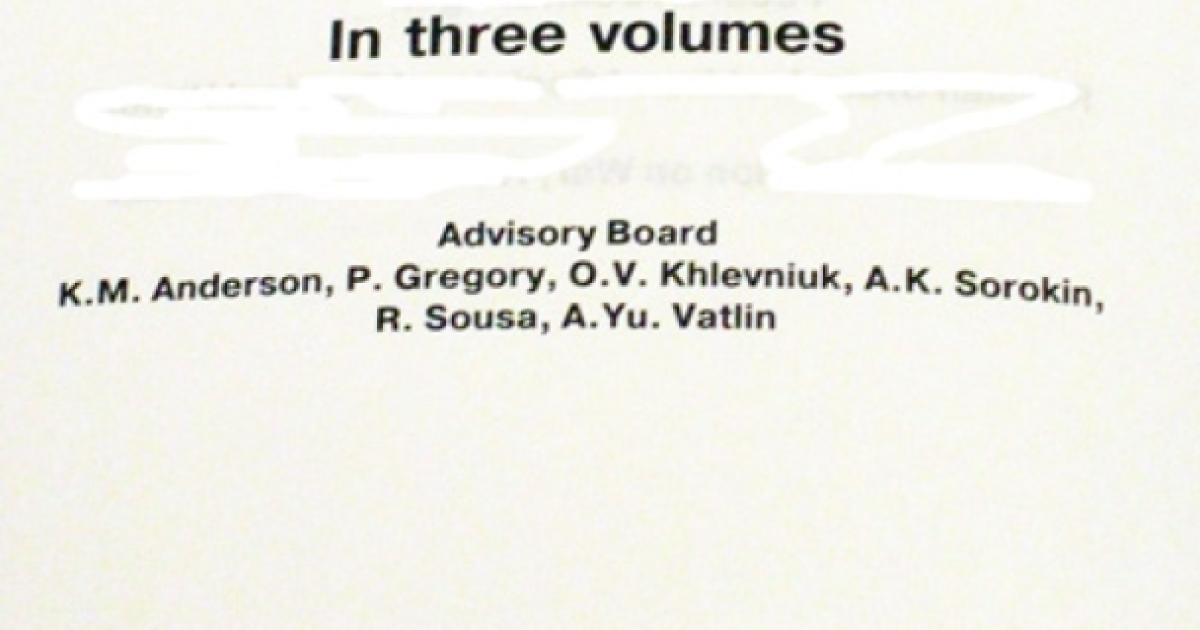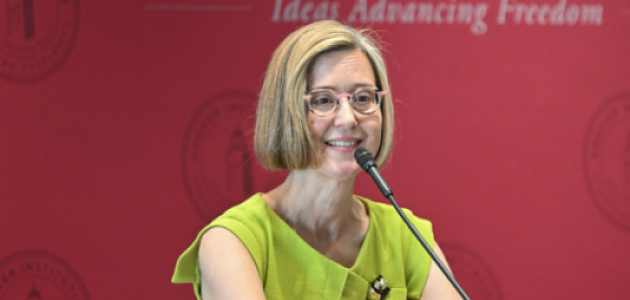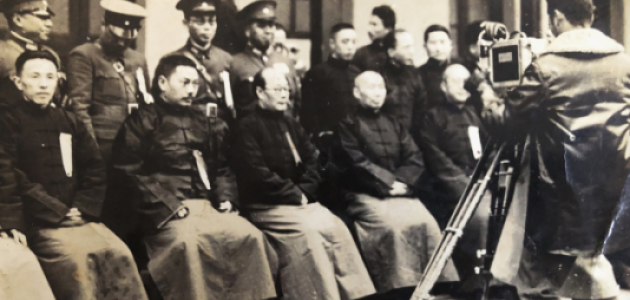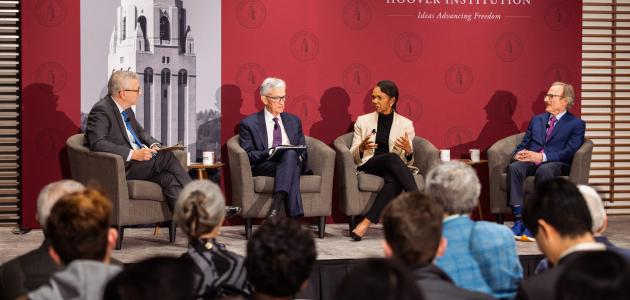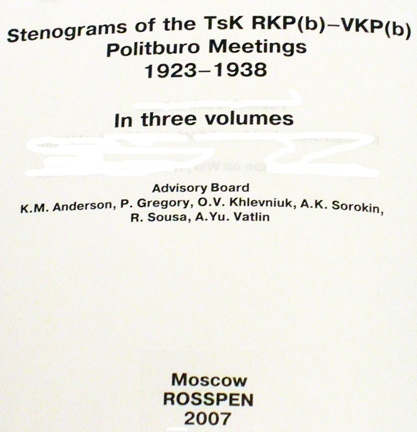
In November 2007 a four-year cooperative project between the Russian State Archives of Socio-Political History and the Hoover Institution was marked by publication of three volumes of verbatim records (stenograms) of the Politburo of the Russian (later All-Union) Communist Party Central Committee. The volumes, edited by Hoover fellow Paul Gregory and Russian scholars Oleg Khlevnyuk, and Alexander Vatlin, were published by the Russian Political Encyclopedia Publishing House.
The stenograms are in Russian with an extensive introduction in English. A companion volume in English entitled The Lost Transcripts of the Politburo (Yale University Press, forthcoming) edited by Hoover scholars Paul Gregory and Norman Naimark, offers a first analysis of these documents, which had been considered lost. Electronic copies of most of the original documents (with handwritten corrections and editing) from which the transcripts were compiled are on deposit in the Hoover archives.
Included in the volumes are the preserved Politburo stenograms, which were transferred to the Russian State Archives of Socio-Political History in 2001 from the Presidential Archives, where they had been inaccessible to scholars. The stenograms for 1923 to 1938, from the end of the Civil War through the eve of World War II, embrace the period of the New Economic Policy and the "great leaps" of forced industrialization, collectivization and dekulakization, mass terror, and Stalin's rise to absolute power. Those verbatim records constitute a unique resource for scholars studying the Soviet Union who previously had been limited to official documents. The current volumes enable researchers to examine new sources, delve into different aspects of Soviet history between the two wars, and analyze specific themes in depth.
The first volume contains a general introductory essay in Russian and English. Each volume includes a name and geographic index, a list of abbreviations, and a biographical glossary containing brief information about persons mentioned in the text. Introductory essays in each volume place the Politburo stenograms in the context of Soviet history in the interwar period, emphasize the key moments in debates and resolutions, and provide researchers with additional explanations and information.







